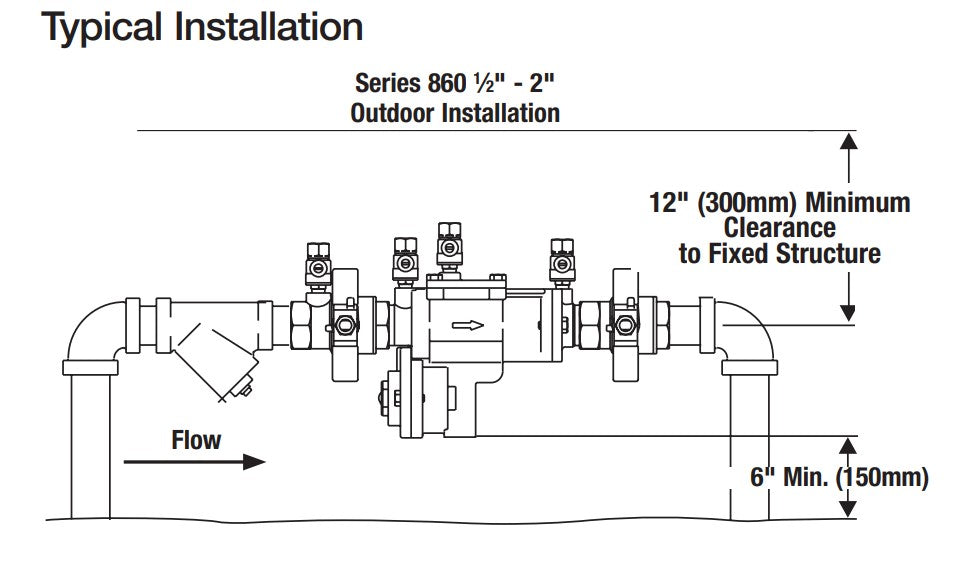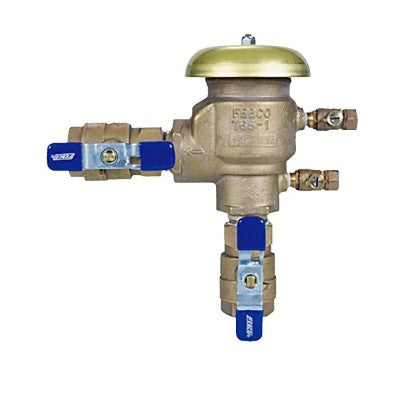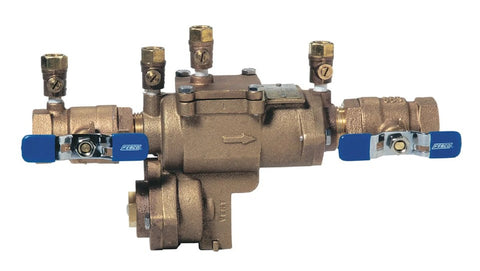
The difference between a Pressure Vacuum Breaker and a Reduced Pressure Zone
When it comes to protecting a plumbing system from backflow, there are different types of devices that can be installed. Two common types of backflow prevention devices are the Pressure Vacuum Breaker (PVB) and the Reduced Pressure Zone (RPZ).
While both devices are designed to prevent backflow, they operate in slightly different ways and are suited for different applications.
The Pressure Vacuum Breaker (PVB) is a type of backflow prevention device that is used primarily in irrigation systems. It consists of a valve body, a check valve, and an air inlet valve. The check valve prevents water from flowing back into the system, while the air inlet valve opens to allow air into the system when the pressure drops. This prevents a vacuum from forming and siphoning water back into the system. PVBs are often used in residential and commercial irrigation systems and are relatively easy to install and maintain.
On the other hand, the Reduced Pressure Zone (RPZ) is a more complex device that is typically used in high-risk applications, such as commercial and industrial plumbing systems. It consists of two check valves and a relief valve, all housed within a single valve body. The two check valves prevent backflow from occurring, while the relief valve opens to release any pressure that builds up in the system. This helps to prevent any damage that could be caused by high pressure.
The main difference between the two devices is the level of protection they provide. While PVBs are sufficient for most residential and small commercial irrigation systems, RPZ provides a higher level of protection and is typically required for larger, more complex plumbing systems. RPZ devices are also more expensive and require more maintenance than PVBs, but they are necessary in certain applications where the risk of backflow is high.
Another difference between the two devices is their installation requirements. PVBs can be installed above ground in different orientations,

While RPZs must be installed in a specific location and orientation. This makes RPZs more difficult and costly to install than PVBs.

Both the Pressure Vacuum Breaker (PVB) and the Reduced Pressure Zone (RPZ) are effective backflow prevention devices, but they are suited for different applications. PVBs are simple and affordable devices that are commonly used in irrigation systems, while RPZs provide a higher level of protection and are typically required in larger, more complex plumbing systems. RPZs are also more expensive and difficult to install than PVBs, but they are necessary in certain high-risk applications where the risk of backflow is high.
Also read our Blog on Freeze Protecting Your Pressure Vacuum Breaker



Leave a comment